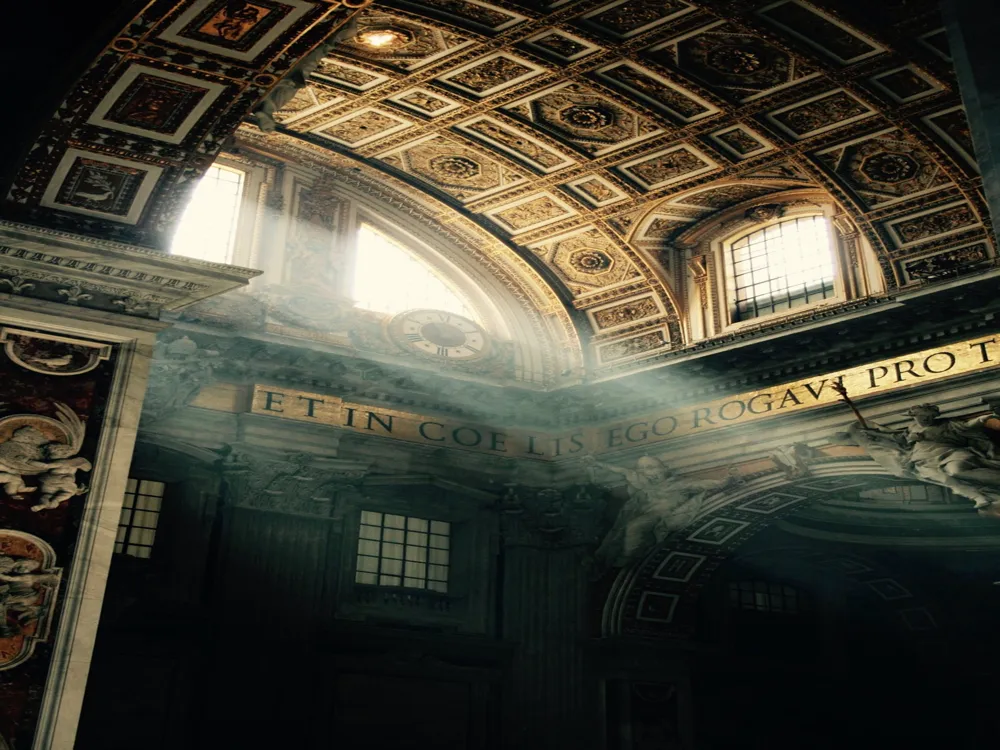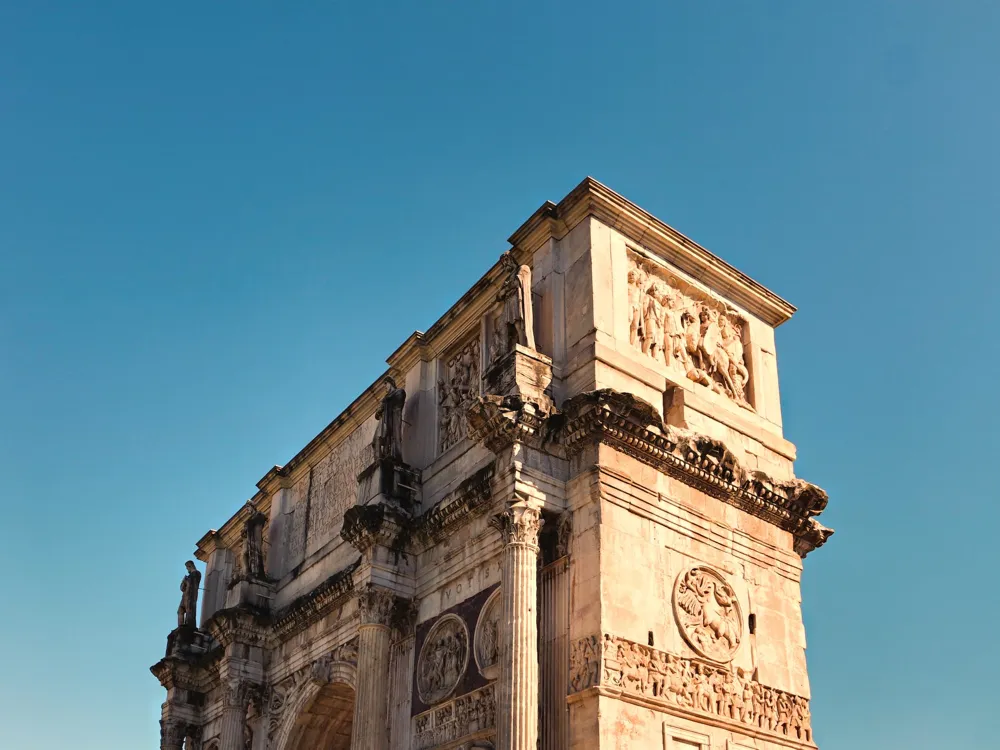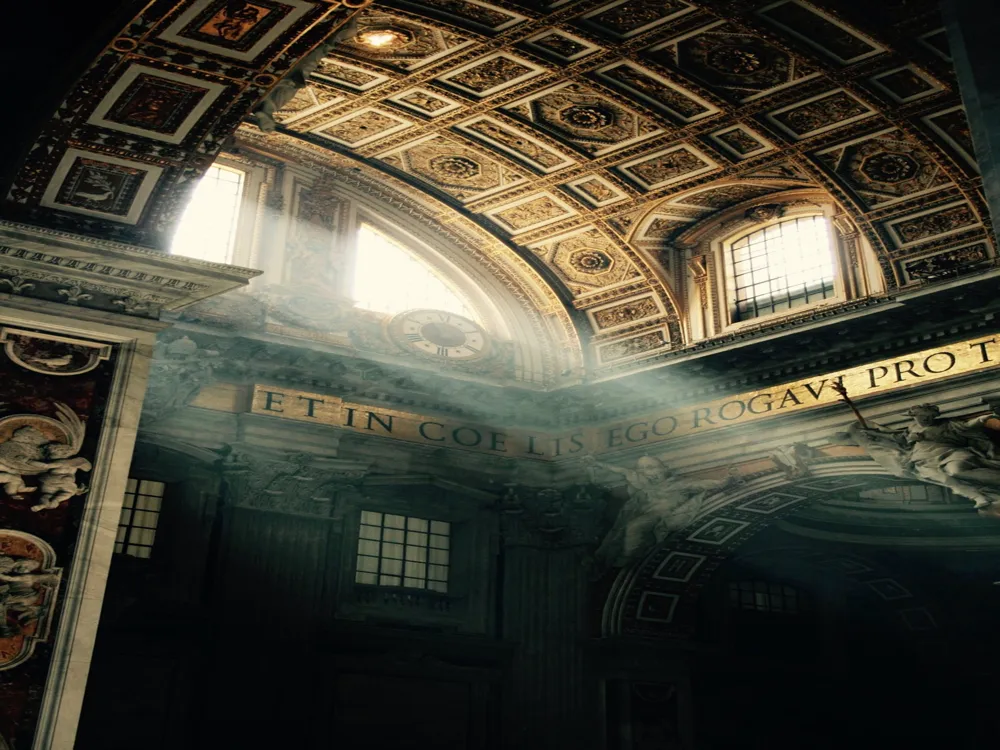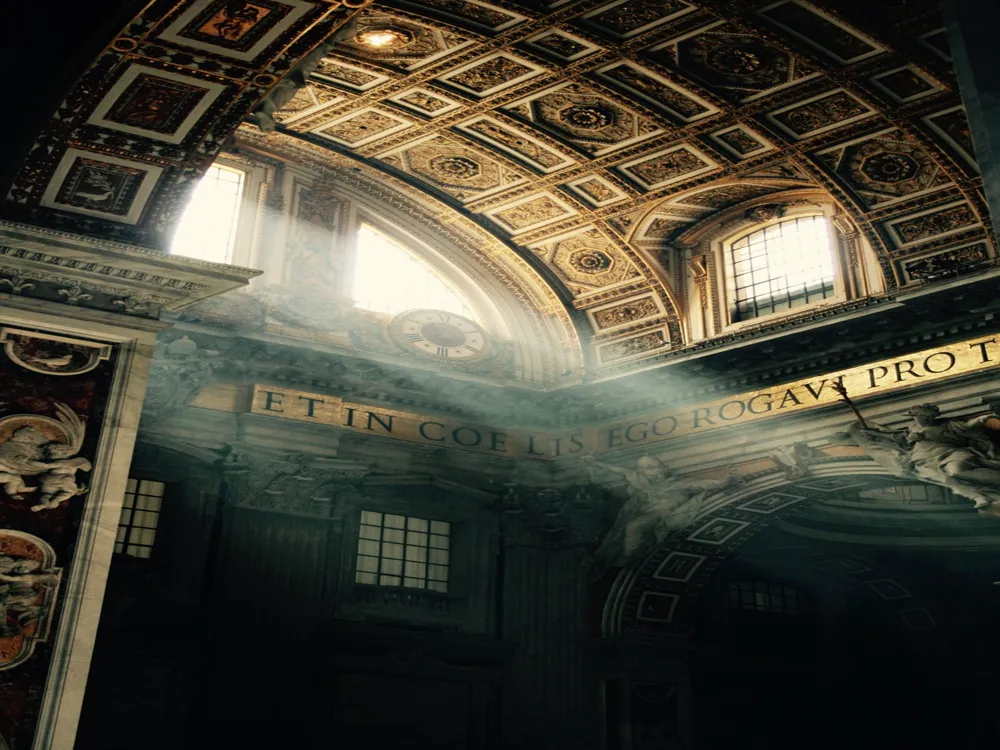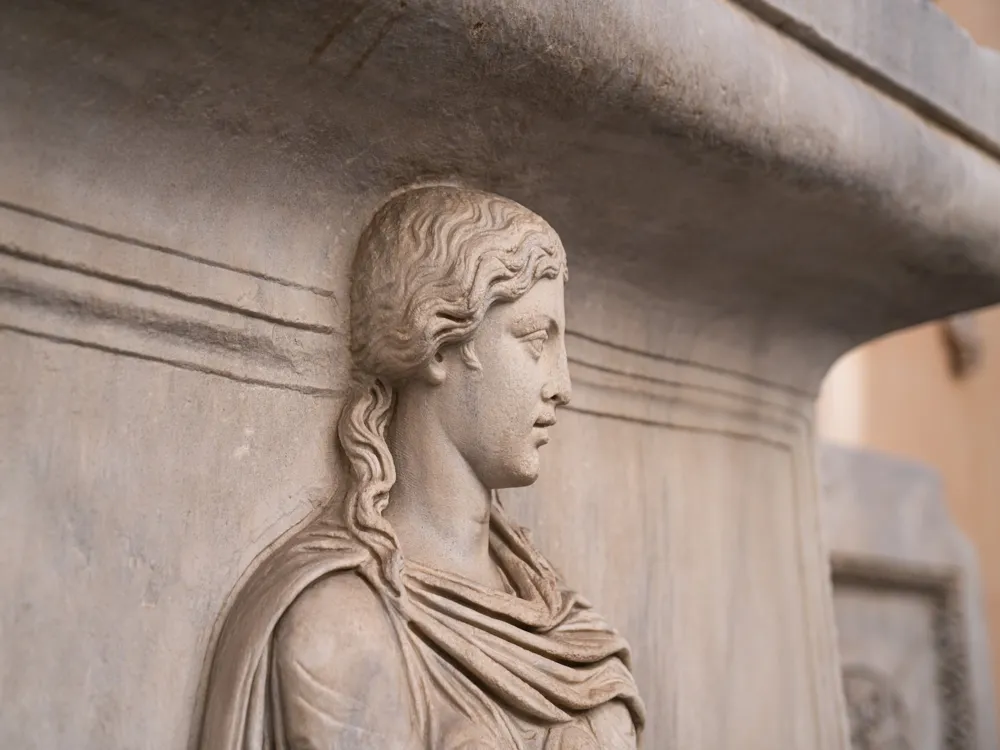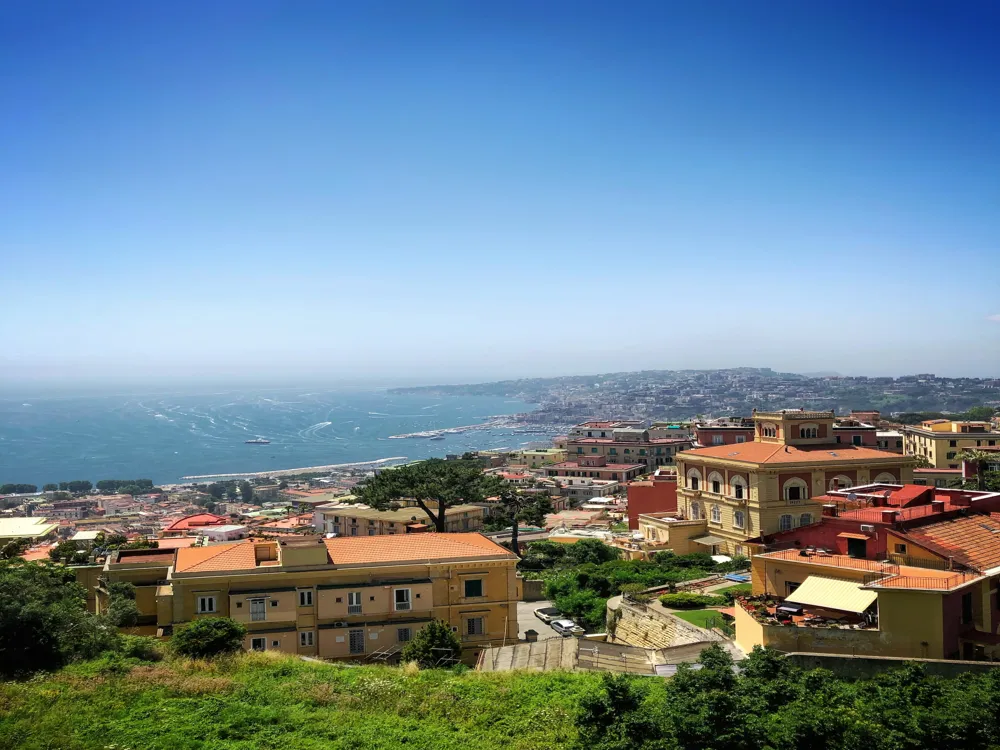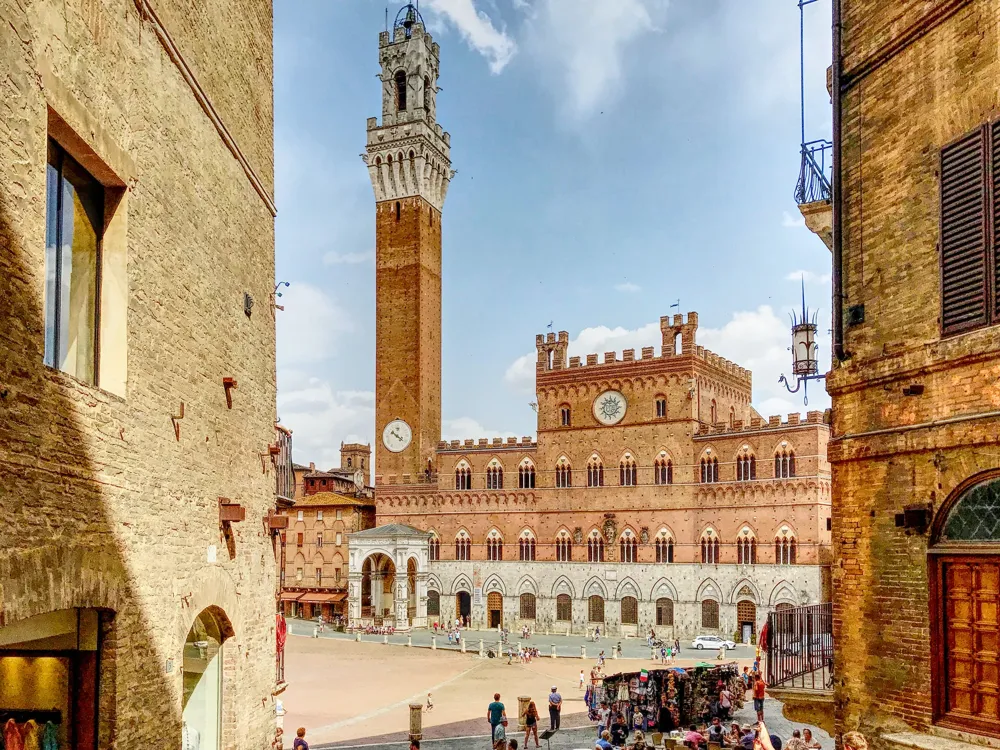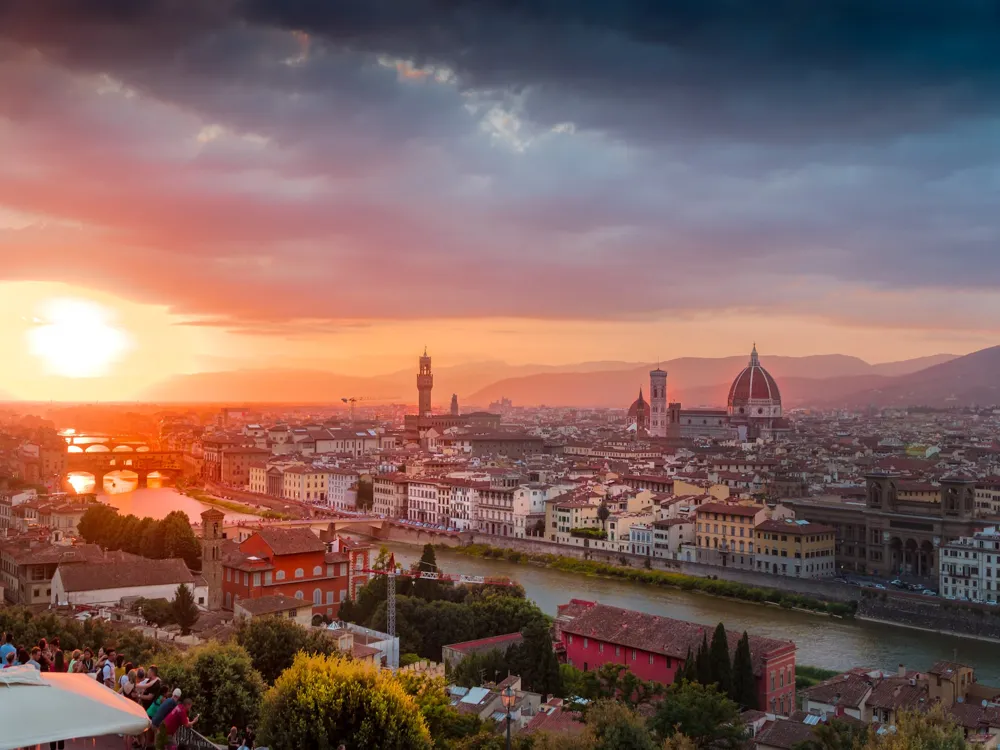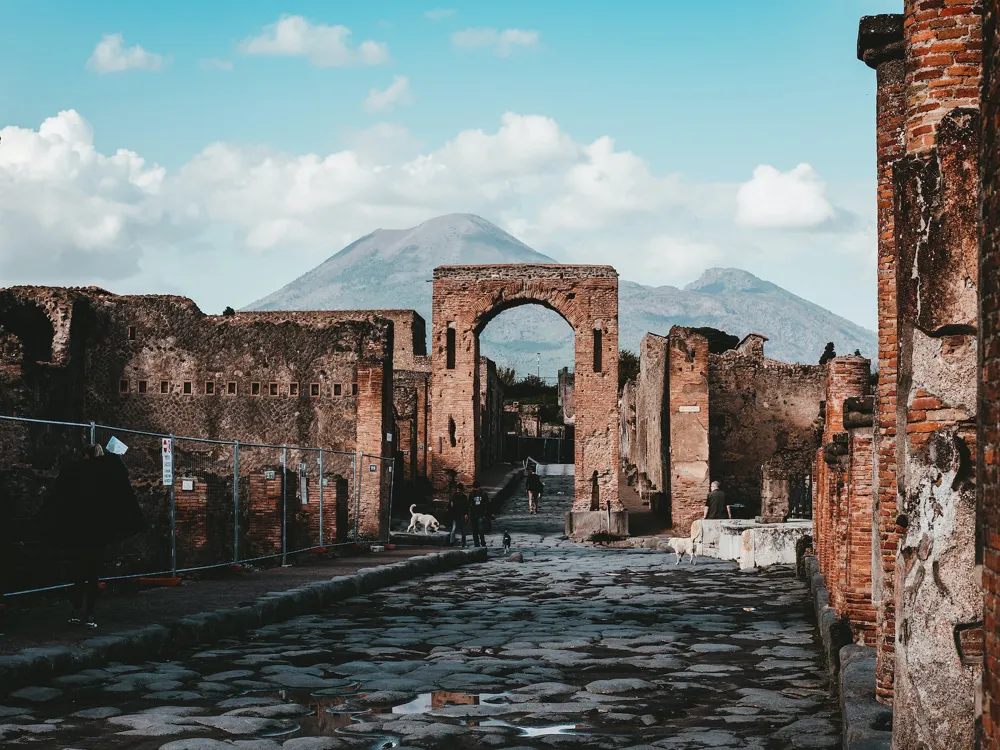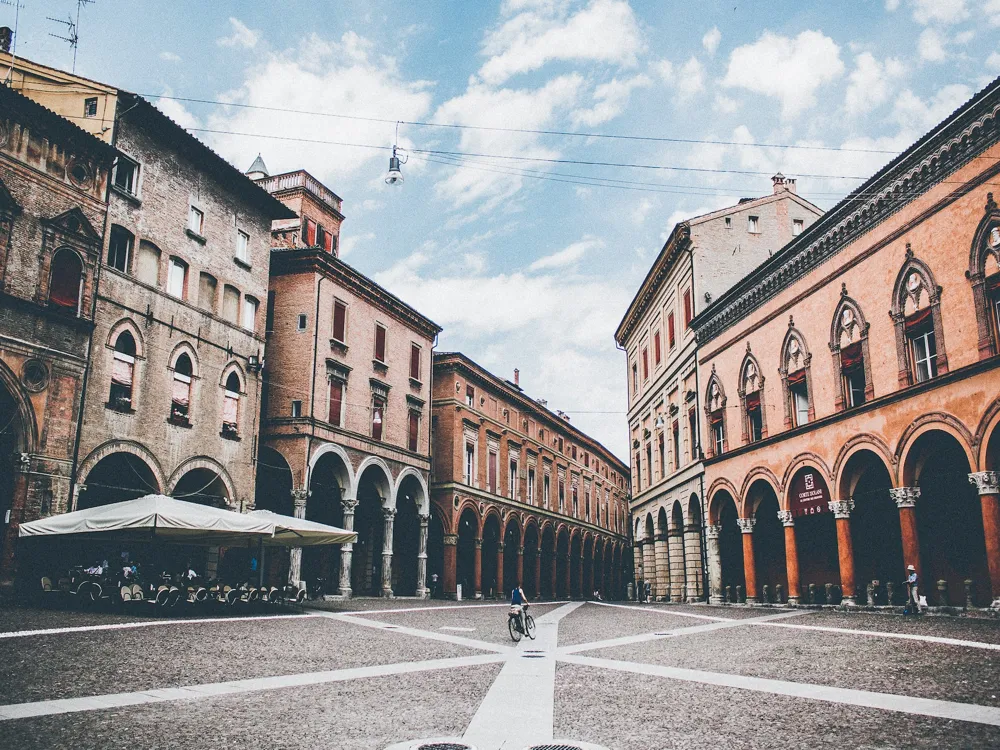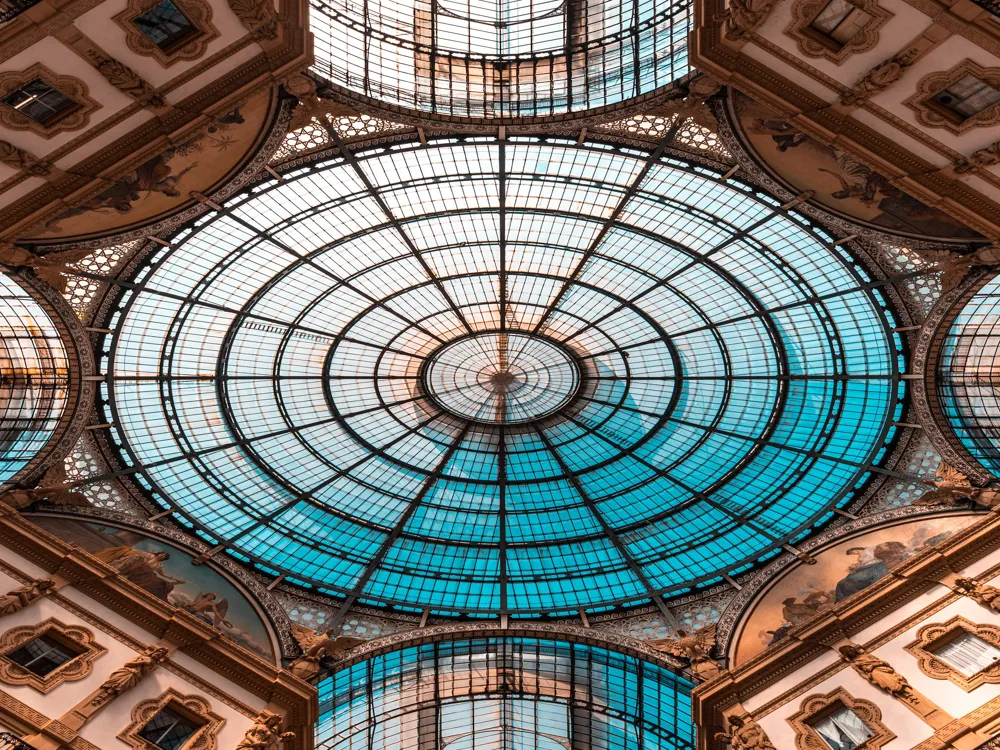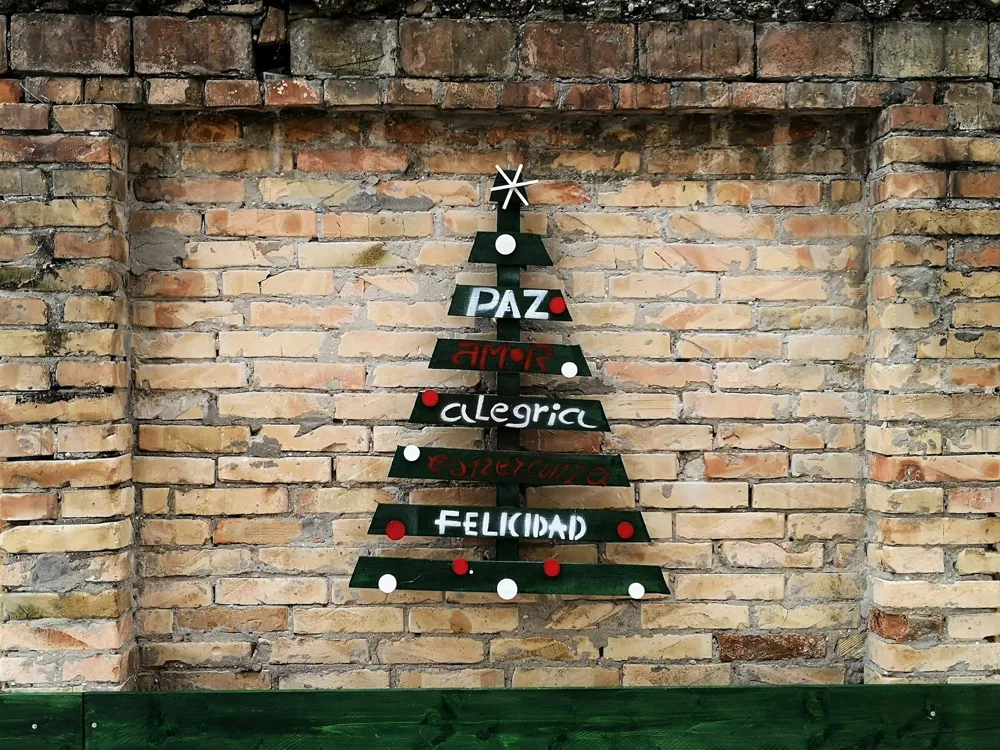The Pantheon of Rome, originally built as a temple to all the gods of ancient Rome, is an architectural marvel of the city. Its imposing dome, which remains the world's largest unreinforced concrete dome, has been a source of inspiration for architects for nearly two millennia. Today, it stands as a testament to the ingenuity and skill of Roman builders. The architecture of the Pantheon is a perfect amalgamation of tradition and innovation. Its portico with towering Corinthian columns leads to a rotunda, topped with a coffered concrete dome. The oculus at the dome's apex is the only source of natural light, casting a moving spotlight across the interior throughout the day, symbolizing the sun and the moon. As the oculus at the dome's center is open to the sky, it's wise to consider the weather forecast for your visit. Rain can offer a unique experience, but be prepared. To fully appreciate the Pantheon's beauty without the crowds, aim to visit early in the morning or later in the afternoon. The area around the Pantheon is rich with charming streets, cozy cafes, and additional historic sites. Allocate time to explore the neighborhood. The Pantheon is centrally located in Rome, making it easily accessible by various modes of transportation. The nearest metro station is Barberini on Line A, from which you can take a short walk or bus to reach the Pantheon. Buses frequently stop near the site, and for those who prefer a scenic route, walking through the historic parts of Rome is highly recommended.Overview of The Pantheon of Rome
Architecture of The Pantheon
Tips When Visiting The Pantheon
Check Weather Conditions
Avoid Peak Hours
Explore the Surroundings
How To Reach The Pantheon
The Pantheon
Rome
₹ 42,900 onwards
View rome Packages
Weather :
Tags : Sightseeing
Timings : Monday - Saturday: 8:30 AM - 7:30 PM, Sunday: 9:00 AM - 6:00 PM
Planning a Trip? Ask Your Question
Rome Travel Packages
View All Packages For Rome
Top Hotel Collections for Rome

Private Pool

Luxury Hotels

5-Star Hotels

Pet Friendly
Top Hotels Near Rome
Other Top Ranking Places In Rome
View All Places To Visit In rome
View rome Packages
Weather :
Tags : Sightseeing
Timings : Monday - Saturday: 8:30 AM - 7:30 PM, Sunday: 9:00 AM - 6:00 PM
Planning a Trip? Ask Your Question
Rome Travel Packages
View All Packages For Rome
Top Hotel Collections for Rome

Private Pool

Luxury Hotels

5-Star Hotels

Pet Friendly





